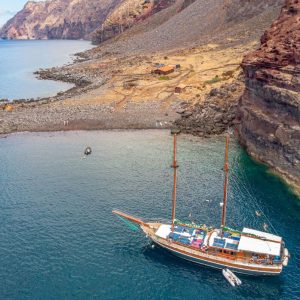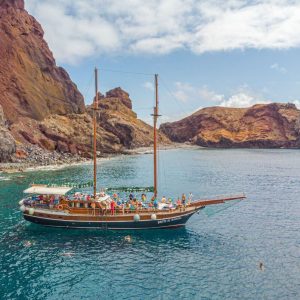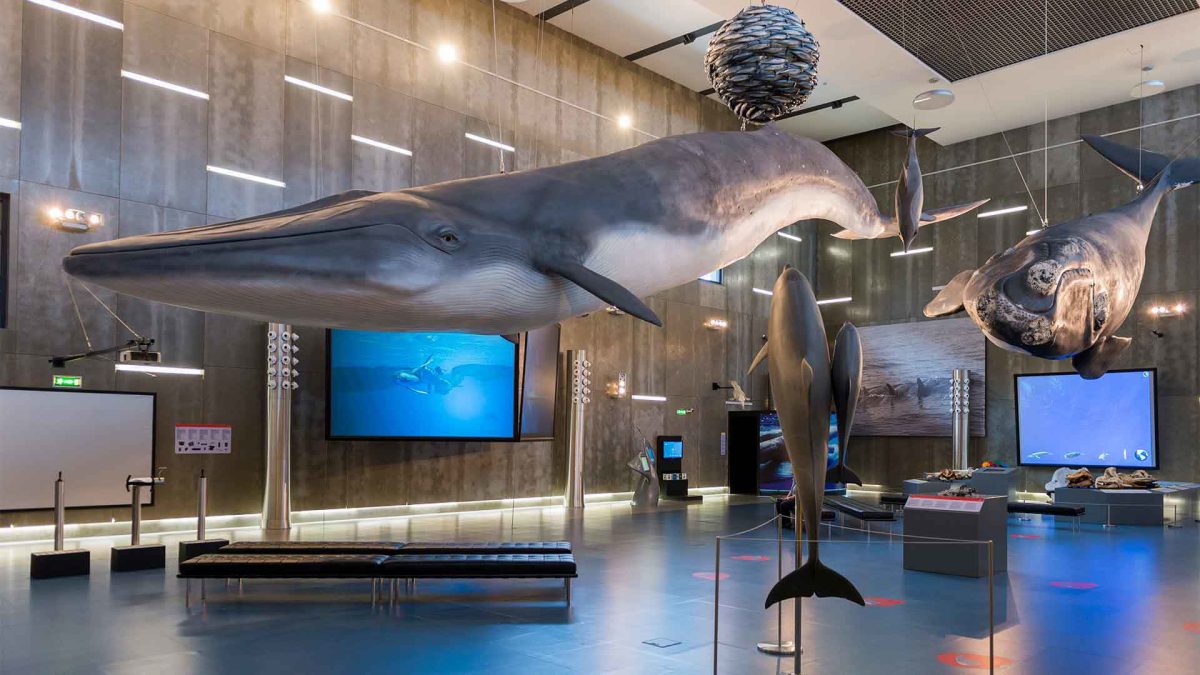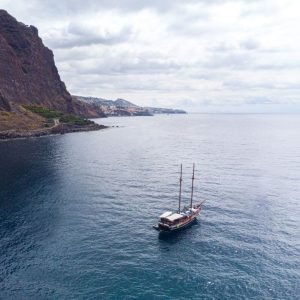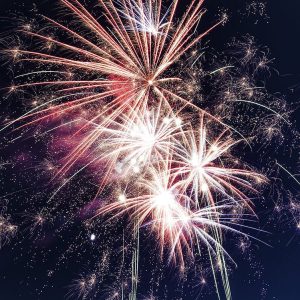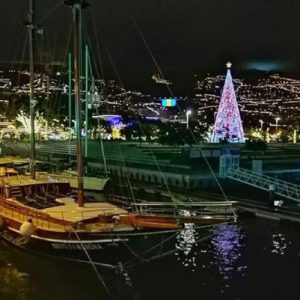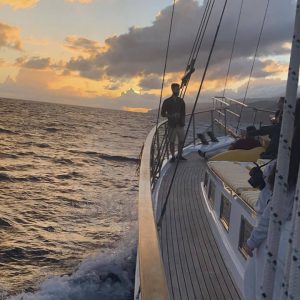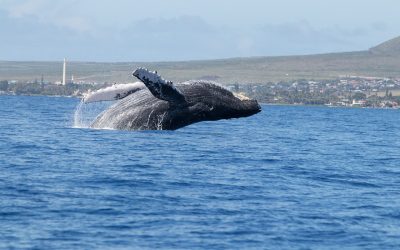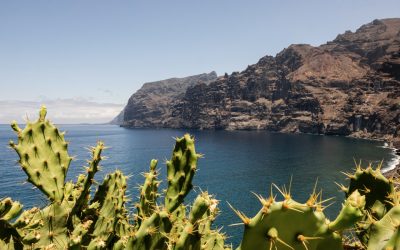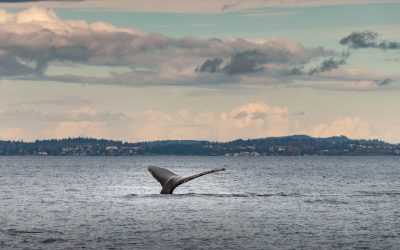Whales in Madeira: Madeira Island is a privileged destination for marine life enthusiasts, offering a unique experience of whale watching in the Atlantic Ocean. With its strategic location, Madeira attracts an impressive variety of species that visit its waters throughout the year, making it a true paradise for marine wildlife lovers.
In this article, we will explore the fascinating world of whales in Madeira.
Whales in Madeira – 5 Suggestions
Suggestion 1: Choose a responsible whale watching company
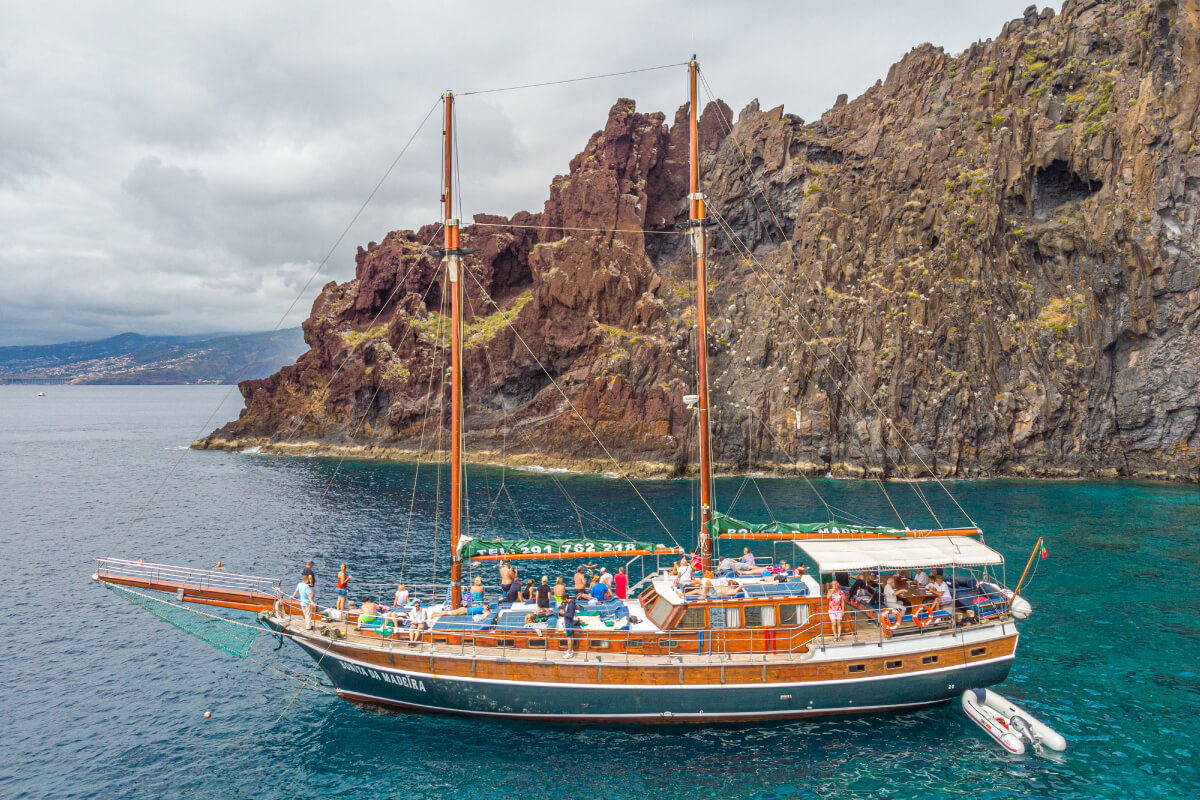
When it comes to observing the magnificent marine life on Madeira Island, choosing a responsible whale-watching company is crucial. Opting for operators that adhere to sustainable observation standards is essential to ensure that the activity has minimal impact on the animals and their habitat. This way, visitors can enjoy an exciting and educational experience while also contributing to the preservation of these wonderful species.
The importance of choosing a responsible company cannot be underestimated, as improper observation can disturb the animals, affect their natural behaviour, and even harm marine ecosystems. By choosing operators committed to sustainability, tourists can be certain that their visit will not harm wildlife and that they will be contributing to the conservation of these incredible species.
Book your boat trip now! Bonita da Madeira!
Suggestion 2: Choose the best time of year for whale watching in Madeira

Madeira Island offers whale-watching opportunities throughout the year, thanks to its privileged location in the Atlantic Ocean. However, it’s important to know that there are specific times when these majestic cetaceans are more frequent or diverse in the region. Choosing the right time to visit Madeira can significantly increase the chances of having an unforgettable marine life sighting experience.
Migratory whales: April to October
The months of April to October are particularly suitable for lovers of migratory whales in Madeira. During this time of year, several species of migrating whales visit the waters of this region in search of food and reproduction. Some of the migratory species that can be spotted during this period include:
- Blue Whale (Balaenoptera musculus): The blue whale, the largest living creature on Earth, is a frequent sighting in Madeira during its seasonal migration.
- Minke Whale (Balaenoptera acutorostrata): Known for its graceful acrobatics, this small whale also commonly visits during the migratory season.
- Humpback Whale (Megaptera novaeangliae): Humpback whales, with their spectacular jumps and melodious songs, captivate and fascinate whale watchers as a compelling attraction.
Resident cetaceans: November to March
Between the months of November and March, it’s possible to spot the resident cetaceans in Madeira, which are those that remain in the region year-round. During this time, some of the most frequent species include:
- Sperm Whale (Physeter macrocephalus): The majestic sperm whale is one of the stars of whale watching in Madeira during the winter period.
- Common Dolphin (Delphinus delphis): Common dolphins are sociable and playful animals, often seen in groups in the waters of Madeira.
- Bottlenose Dolphin (Tursiops truncatus): Another resident species in the region is the bottlenose dolphin, which delights observers year-round with its acrobatics.
Species observable throughout the year
In addition to migratory and resident species, there are also some species that can be spotted in Madeira throughout the year, providing exciting observation opportunities throughout the seasons. Some of these species include:
- Bryde’s Whale (Balaenoptera edeni): These whales are constantly present in the waters of Madeira and can be spotted year-round.
- Pantropical Spotted Dolphin (Stenella attenuata): In the region, common residents also include pantropical spotted dolphins, which observers can witness on various occasions.
Suggestion 3: Choose the best time of day for dolphin and whale watching in Madeira


When it comes to whale and dolphin watching on Madeira Island, the time of day plays a crucial role in the likelihood and quality of this unique experience.
Early morning hours: activity and visibility
The early morning hours are considered the most favourable for whale watching in Madeira. During this period, cetaceans are more active and often gather in search of food or engage in social groups. Additionally, the waters are generally calmer in the morning, providing a smoother and more enjoyable observation experience.
At this time, the animals also tend to be more visible on the surface, making them easier to spot. This is an incredible opportunity to admire the majestic sight of whales surfacing to breathe, known as a “blow.” Whale-watching companies typically schedule morning tours to take advantage of these optimal conditions.
Late afternoon hours: coastal approach
The late afternoon hours are also conducive to whale watching in Madeira. During this time, cetaceans tend to come closer to the coast in search of food or protection. This can provide closer and more exciting sightings, allowing observers to appreciate the beauty and behaviour of these marine animals even more.
In the late afternoon, the natural light is also softer, creating a picturesque and ideal setting for capturing memorable photographs. Furthermore, the decrease in human activity near the coast can make the experience quieter and more intimate.
Midday: less favourable for sightings
Unlike the early morning and late afternoon hours, midday is generally less favourable for spotting whales in Madeira. During this period, cetaceans tend to dive deeper into the waters in search of food, which can make them harder to see on the surface.
Suggestion 4: Choose the best location on the island for whale watching in Madeira
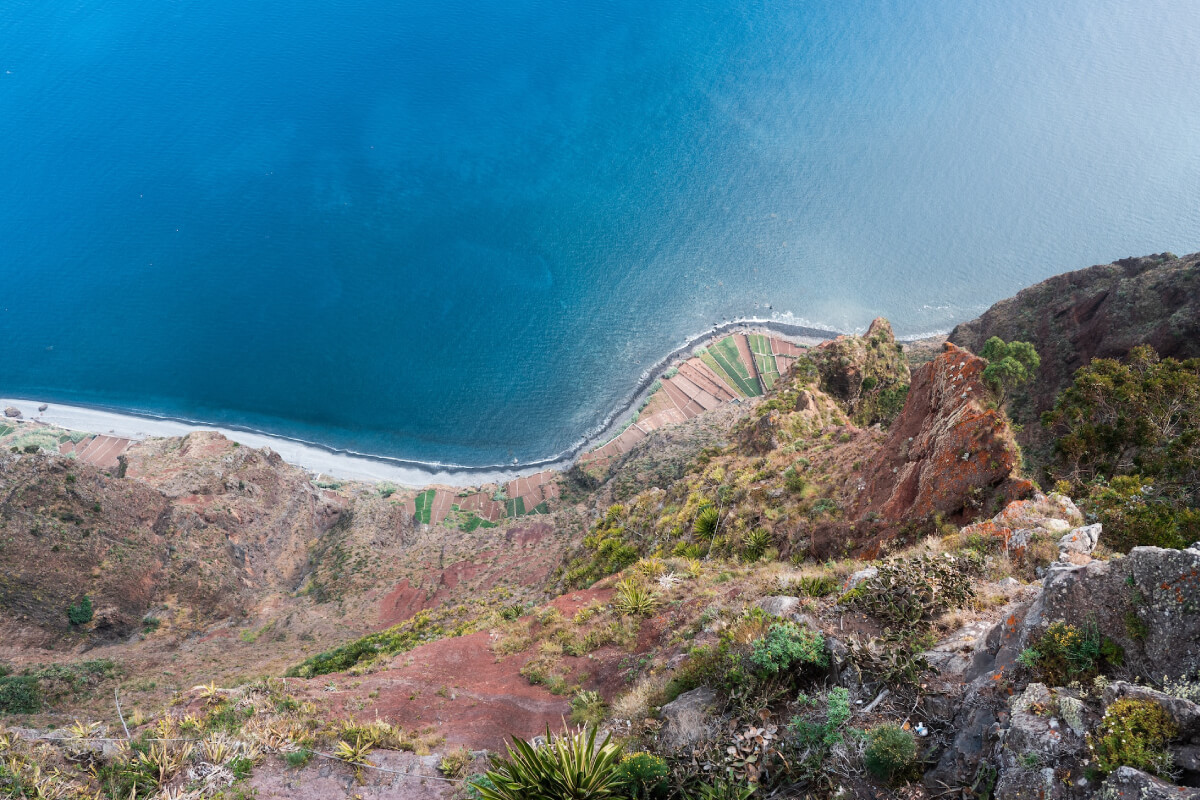

When planning the exciting activity of whale watching in Madeira Island, choosing the right location can make all the difference in the quantity and types of cetaceans that can be spotted.
The southern zone of the island: is recommended for observation
The southern zone of Madeira Island is widely recommended for whale watching. In this region, there is a higher concentration of food and a significant variety of species that frequent the waters, increasing the chances of spotting cetaceans more frequently. Additionally, the southern zone is more explored by whale-watching companies, meaning there are more tour options available to interested tourists.
Northern zone of the island: a good option, but less explored
The northern zone of Madeira Island is also an option for whale watching, but it is less explored by observation companies compared to the southern zone. This area can offer a more remote and tranquil experience with less tourist activity.
Specific locations for spotting certain species
There are specific locations in Madeira Island that stand out as more conducive for spotting certain whale species:
- Cabo Girão: Known as the second-highest sea cliff in the world, Cabo Girão offers spectacular views and is a great spot to see blue whales and minke whales during their seasonal migration.
- Ponta de São Lourenço: Sperm whales and striped dolphins frequently visit this region, offering an exciting opportunity for observers keen on witnessing these species.
Suggestion 5: Learn about the history and culture of whale hunting in Madeira
Until the mid-20th century, whale hunting played a significant role in the history of Madeira Island, but authorities banned it in 1981 due to ecological and ethical concerns. Despite its modern-day controversy, this practice has left behind a historical and cultural legacy in Madeira, which museums, monuments, and traditions allow visitors to explore, offering them a chance to comprehend this crucial aspect of the region’s history.
The significance of whale hunting in Madeira
Whale hunting significantly shaped the economy and livelihood of the Madeiran population for centuries. Beginning in the 17th century, Madeirans initiated whale hunting expeditions to acquire oil and its by-products, which served purposes such as lighting, soap production, machinery lubrication, and various commercial uses. This endeavour proved highly profitable and played a pivotal role in the island’s economic advancement over numerous years.
The prohibition of whale hunting
However, over time, whale hunting faced increasing resistance due to concerns about species conservation and ethical issues related to animal treatment. Starting in the 1960s and 1970s, conservation efforts gained momentum and led to the ban on whale hunting in Madeira in 1981. Since then, the island has focused on promoting the conservation and protection of marine species.
Places to learn more about whale hunting in Madeira
- Whale Museum of Madeira, Caniçal: This museum is a must-visit for visitors who want to learn more about the history, biology, and conservation of whales. Through interactive and informative exhibits, tourists have the opportunity to understand the significance of whale hunting in Madeira and its evolution towards species conservation.
- John dos Passos Cultural Center, Ponta do Sol: This cultural centre pays tribute to the American writer John dos Passos, who wrote a novel titled “The Land of the People” about whale hunting in Madeira. Visitors can explore the works of John dos Passos and learn more about the relevance of whale hunting activity in literature and culture.
Conclusion
In conclusion, Madeira Island unveils itself as a lush sanctuary for marine life enthusiasts, especially those seeking the exhilarating experience of observing whales in the vast Atlantic Ocean. Its strategic location grants this insular paradise the privilege of hosting an impressive variety of marine species throughout the seasons. However, the wise choice of a responsible observation company is paramount to ensuring the protection of these majestic animals and their delicate habitats. When visiting Madeira, selecting the right timing, the suitable location, and even the time of day will contribute to an enriching and memorable experience, where tourists will deeply connect with the natural beauty and rich cultural heritage of this enchanting island.



